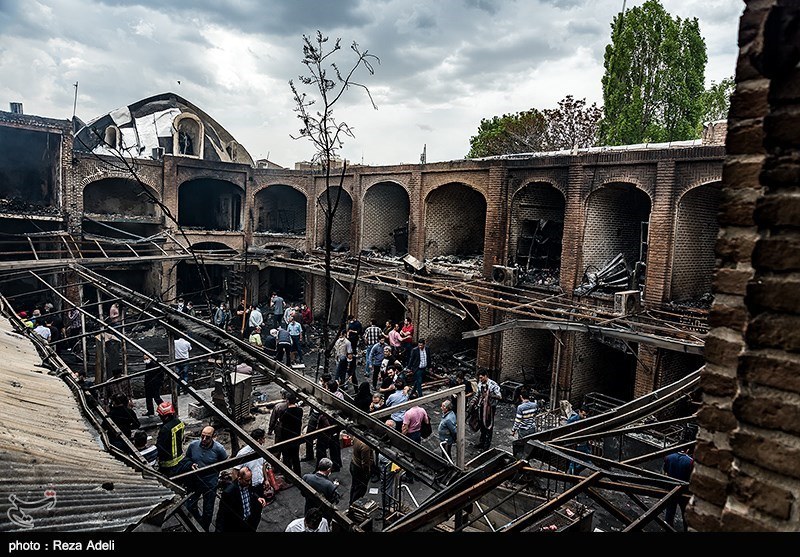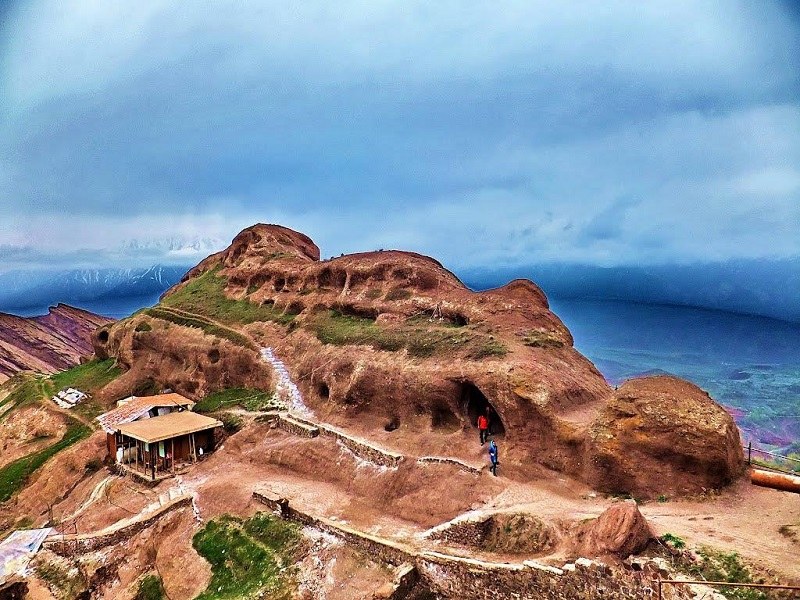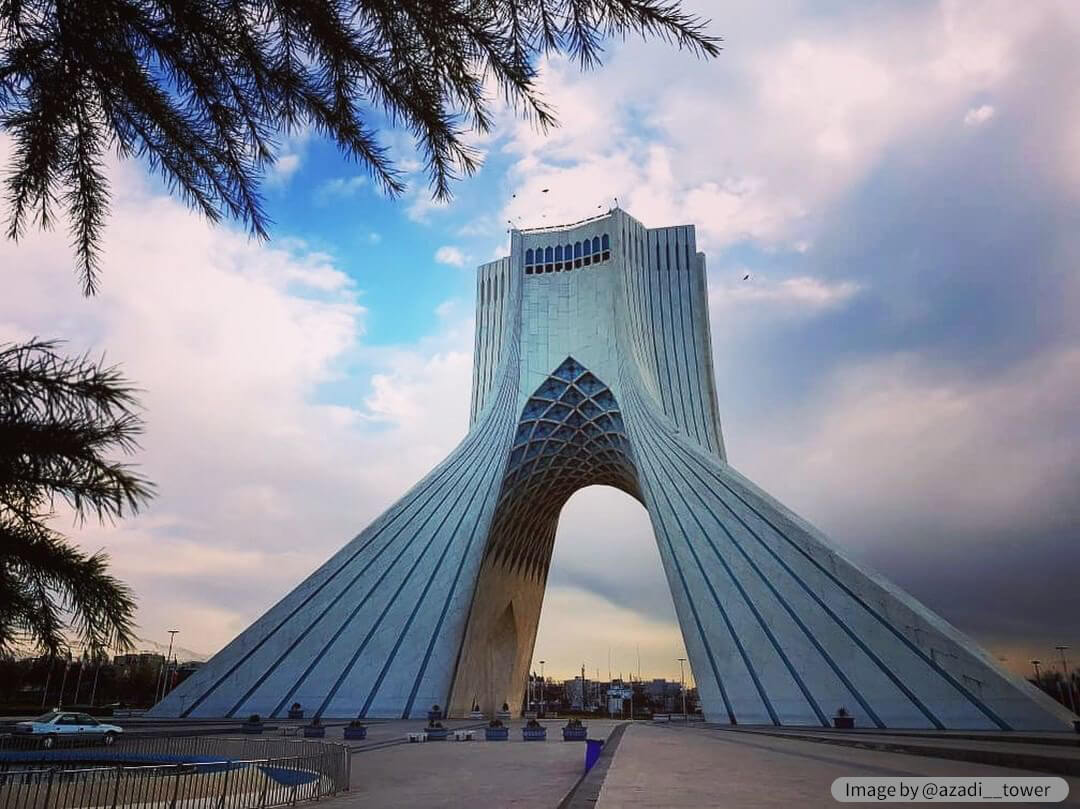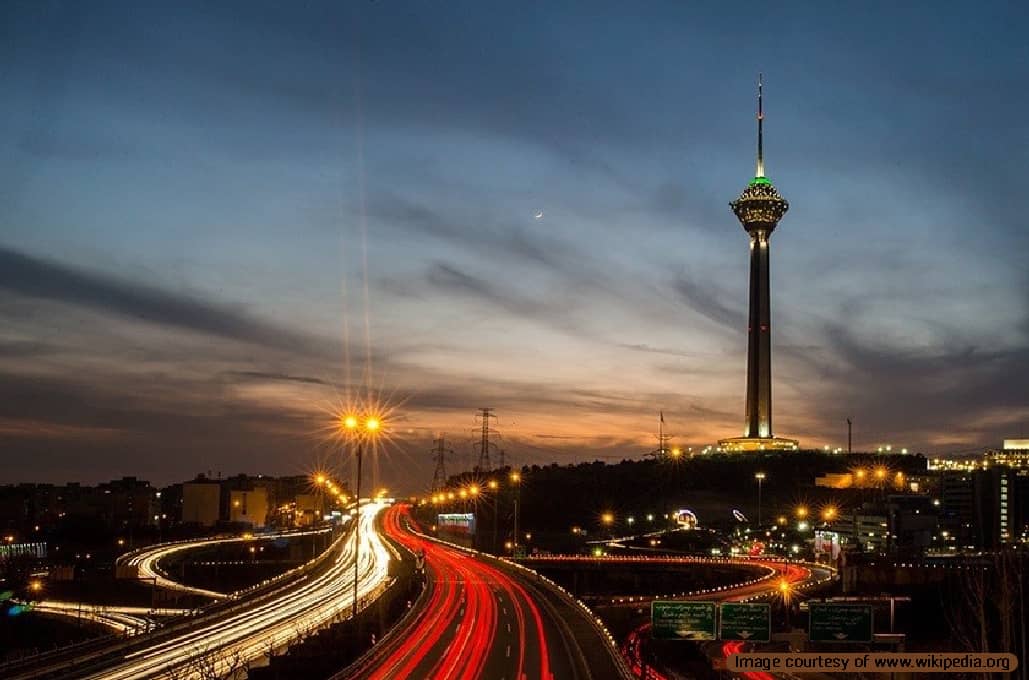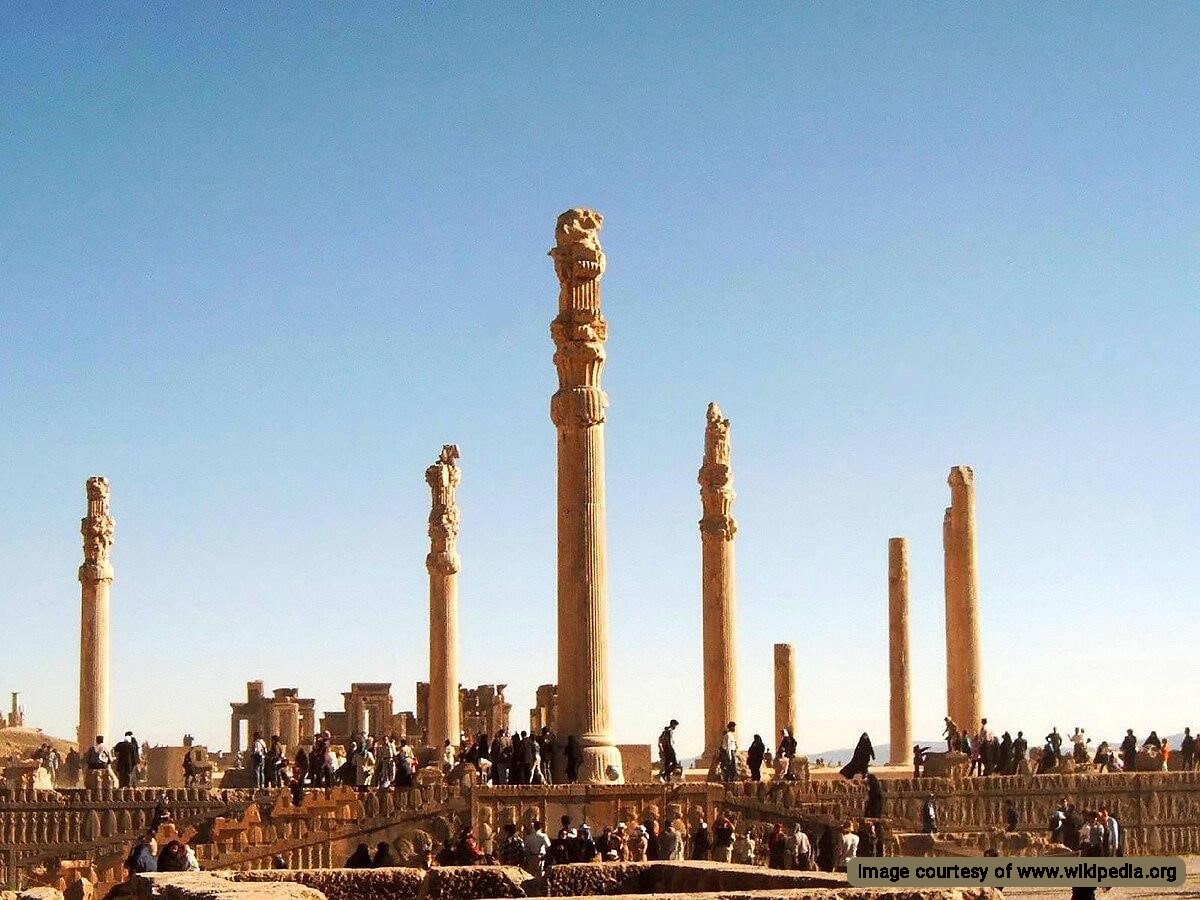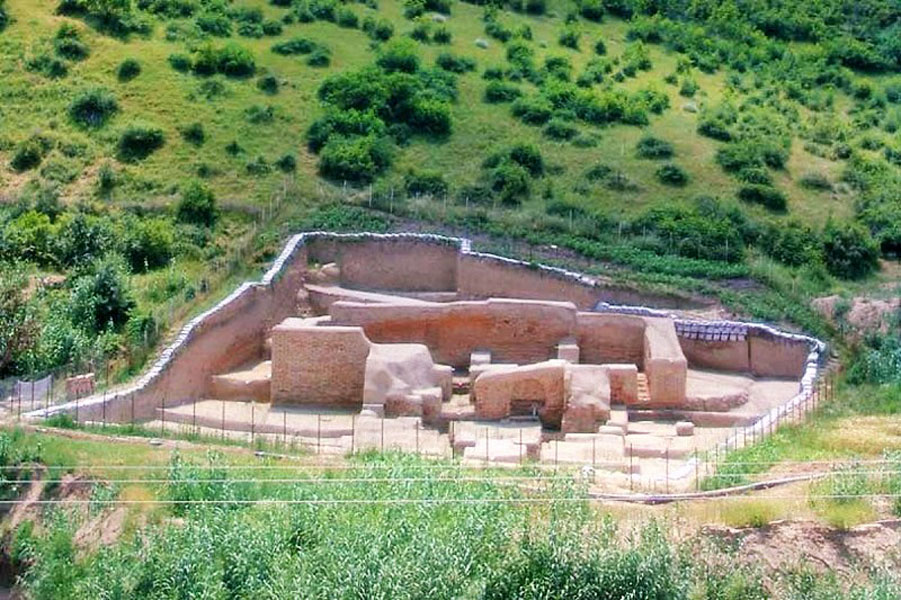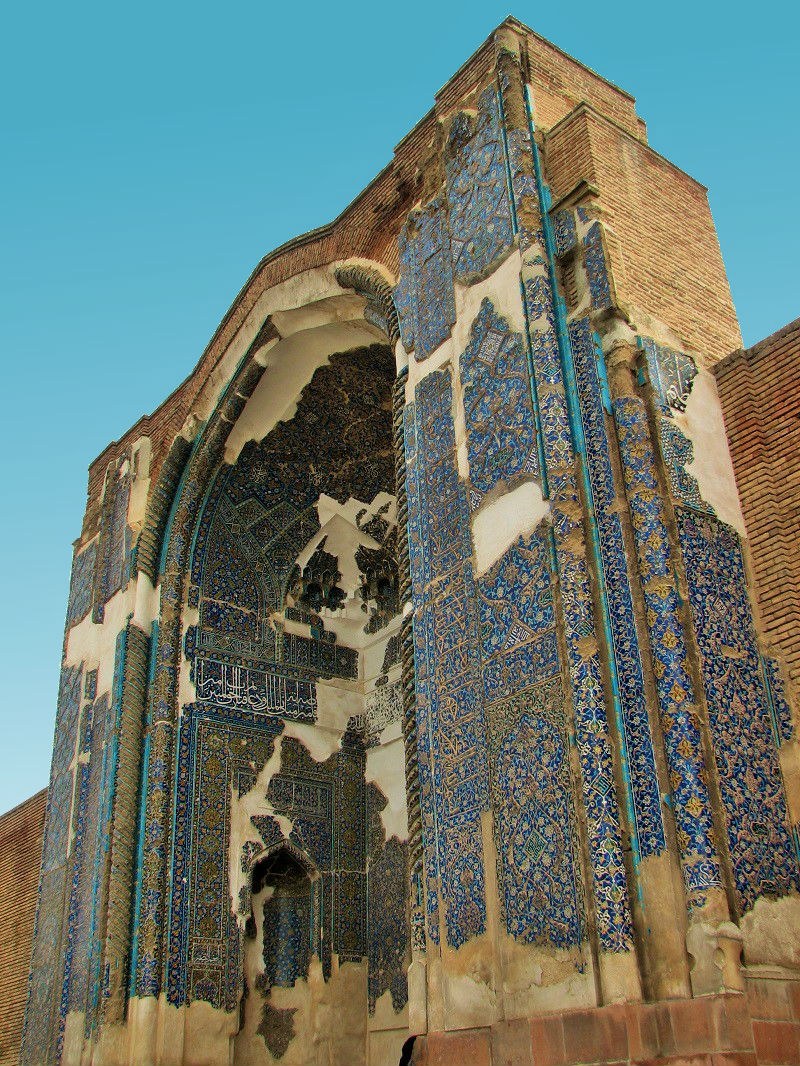
In Iran, there are many masterpieces that remained from the Kara Koyunlu era architecture, scattered throughout different parts of the country. As one of the major origins of Ilkhanid and Timurid architecture, Tabriz represents this style (known as Azeri style) in Iran. The Blue Mosque of Tabriz is the most prominent manifestation of this style in the city.
Blue Mosque of Tabriz: Origin & Sources
The Blue Mosque (Göy Məscid in Turkish, Goy Machid) or Jahan Shah Mosque is a historical mosque of Tabriz. “Göy” in the Azeri-Turkish language means blue and “Məscid” means mosque.
One of the architectural masterpieces in the Islamic era is the Blue Mosque of Tabriz. Therefore, the historical books called this magnificent building “Mozaffariyeh Mansion”. “Al-Emarat al-Mubaraka al- Mozaffariyah” is the sentence written on the transom of the mosque that means Mozaffariyah blessed building. The sentence is a good reason to call the Blue Mosque Mozaffariyeh Mansion.
The mosaics on the very high transom of the mosque and the architectural features of the building have attracted the attention of visitors and archaeologists throughout history.
History of Construction and Restoration of Blue Mosque of Tabriz
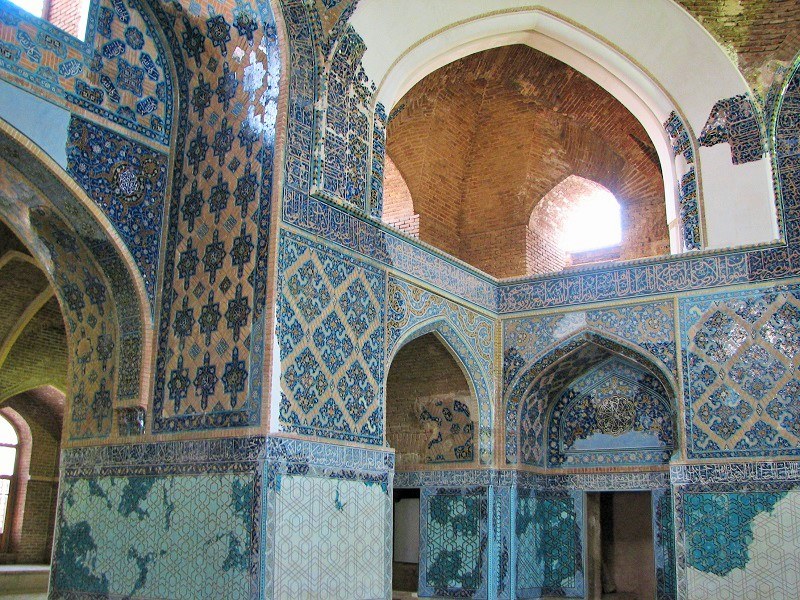
Abol Mozaffar Jahan Shah ibn Qara Yusuf, a leader of Qara Qoyunlu, was the founder of the Blue Mosque. However, the construction of the mosque was under the supervision of his wife, Jan Beigum Khatun, or, according to some historians, his daughter, Saleheh.
The architects built the monument completely during the reign of the Kara Koyunlu in 1400 AD (about 600 years ago). On the other hand, the variety, elegance, and ultramarine color (Persian blue) of its mosaics have made it famous as “Turquoise of Islam”. The architectural style of the Blue Mosque is that of Azeri.
The earthquake of 1779 destroyed the Blue Mosque of Tabriz. The architects rebuilt it. Furthermore, in 1966, Mr.Reza Memaran, a skilled Iranian architect, reconstructed the mosque.
Most sources and travel writings estimate that the construction of the mosque last about 30 years. The dome of the Blue Mosque is one of the greatest brickworks of Islamic architects of the 15th century.
Substantial Architecture Features
Azeri style is the third traditional architecture school in Iran after the advent of Islam. The style began with the conquest of Maragheh city by Hulagu Khan and ends with the beginning of the Safavid dynasty.
Historically and architecturally, the Azeri style is divided into two distinct parts:
- The first period begins at the time of the Ilkhanid dynasty in Maragheh, as the capital. Therefore, it began in the middle of the 13th century and continued until the last decade of the 14th century and the Timur assault on Iran.
- The second period includes the Timurid Empire era that the capital was Samarkand. The Blue Mosque of Tabriz belongs to this period. The architecture of this period is slightly different from the Ilkhanid architecture, but it is more complete.
The construction of a bottleneck between the dome itself and the domed chamber, the creation of rough surfaces in the building, and the use of mosaic decoration are among the features of Kara Koyunlu architecture.
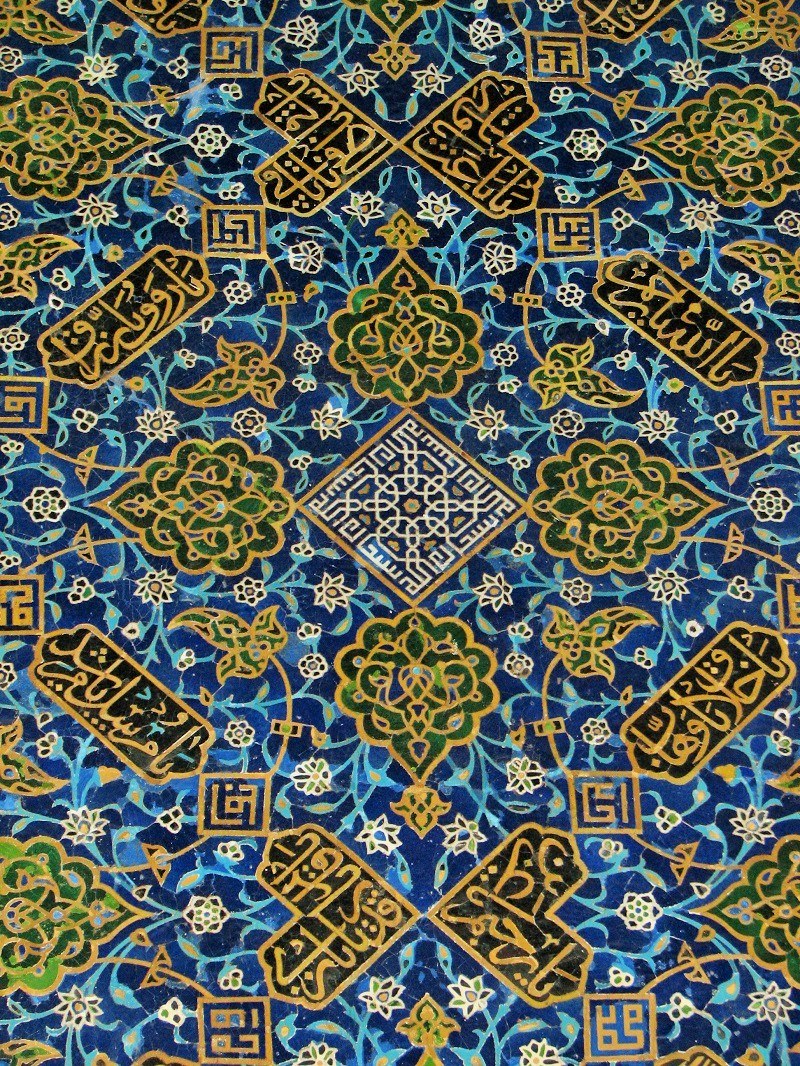
The mosaic of the Blue Mosque, the dome-shaped arches of the mosque, and its minarets with special decorations reflect the architecture of this period. Motifs and wall designs on the gypsy surface and outstanding mosaics by using Muqarnas as the ornament represent the unique manifestation of the architecture of this era.
In general, we can summarize the features of the Azeri style of architecture as follows:
- Use of the Azeri Kelil arch in the vault;
- Use of five-and-seven, Chamaneh, Shabdari arches;
- Construction of the dome with the form of a discrete double shell and continuous double-shell;
- Mosaics, Girih tiles, Gypsum, and Muqarnas.
Other Features of the Blue Mosque
The magnificence of the Blue Mosque is admirable due to its many annexes, such as Mozaffriyeh mansion, Khanqah, courtyard, and inner sanctuaries, library, reading room, and spring house. Furthermore, the location of this building in the city center of Tabriz and along the Silk Road has added to its importance.
In a part of the ceiling of the Blue Mosque, there is a combination of gold and Azure. This art is unique in its kind. Inside the mosque and in its small Shabestan, there is a basement where there are two tombstones. It is most likely that the two tombs relate to Jahan Shah and his wife.
The stones used in this mansion are rare and unique. It is clear from the remnants of the mosque that the architects bonded the bricks with gypsum. The courtyard is square and has a howz (symmetrical axis pool) for Muslims’ ablution. The nearby Shabestans are used as a school for Islamic sciences students and sometimes as a shelter for poor people.
At the front of the courtyard and facing the Qibla, there is the main building of the mosque that is an enclosed, covered, and square-shaped space. The distance between each of the foundations of the barrel-vault is 12 meters. The barrel-vault is located on the four foundations of a square-shaped area. On top of this building, there was a dome made of bricks, but it has collapsed.
The division of the dome’s weight on its numerous foundations has made it one of the finest examples of architecture in its time.
In the Blue Mosque complex, the architects used color images instead of long texts. That was an innovation in facilitating the perception of the audience at that time.
Many engineers worked to build this mosque. The architecture of this magnificent building with its dome-shaped Shabestan and lateral chambers shows that the architects were expert in geometry, art, and mathematics.
Professor Hossein Nakhjavani, a scholar of the ancient history of Azerbaijan, believes that in the two parts of the entrance, there are the most delicate and most expensive mosaics in the world. The width of the white lines of the flowers varies from 2 to 3 millimeters, and in the middle of the word, the Arabic sentence “God has said” is written with blue color in Kufic mosaic inscriptions.
Why You Should Visit Blue Mosque?
We recommend you to watch closely the altar mosaics of the mosque with the beautiful mosaics Muqarnas, Islamic designs, and tile work with Turquoise, Persian blue, White, and Golden colors.
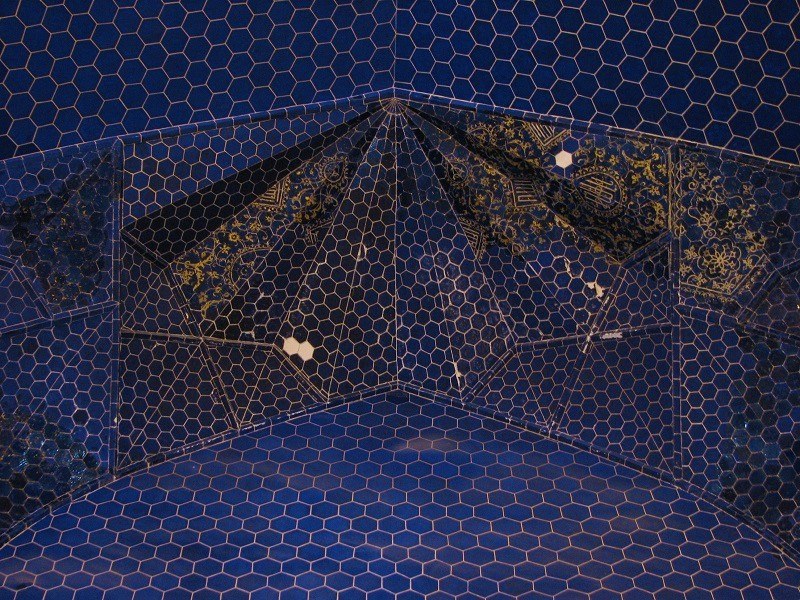
Apart from the Blue Mosque of Tabriz, there are only three other mosques in the world whose main construction color is ultramarine. The Blue Mosque of Tabriz is the only blue mosque in the world with 80 percent of its ornaments in ultramarine. Furthermore, its delicacy and structural harmony have added to the beauty of the building.
The Blue Mosque has unique features that call you to visit closely. The best time to visit the Blue Mosque is in the daylight when the sunlight glitters inside the mosque. The colors are pleasant and unique.
Make sure you don’t miss the visit of the tombs of Jahan Shah and his wife, Jan Beigum Khatun. Sometimes, visitors do not notice the tombs.






